The Union Cabinet recently cleared a New Education Policy that proposes sweeping changes in school and higher education after over three decades. These changes, when implemented, can have widespread implications both for students and institutions of learning.
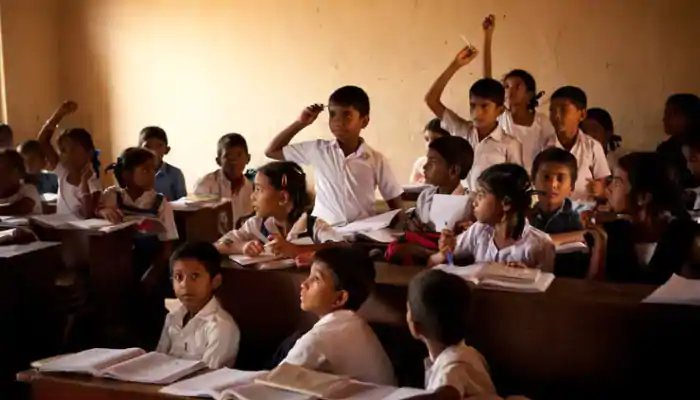
So, we decided to talk to a few school, college and coaching teachers to give us a comprehensive view of these implications as per their understanding.
Disclaimer: While a lot depends on how the new changes are implemented, these responses are based on the preliminary reading and understanding of the document.
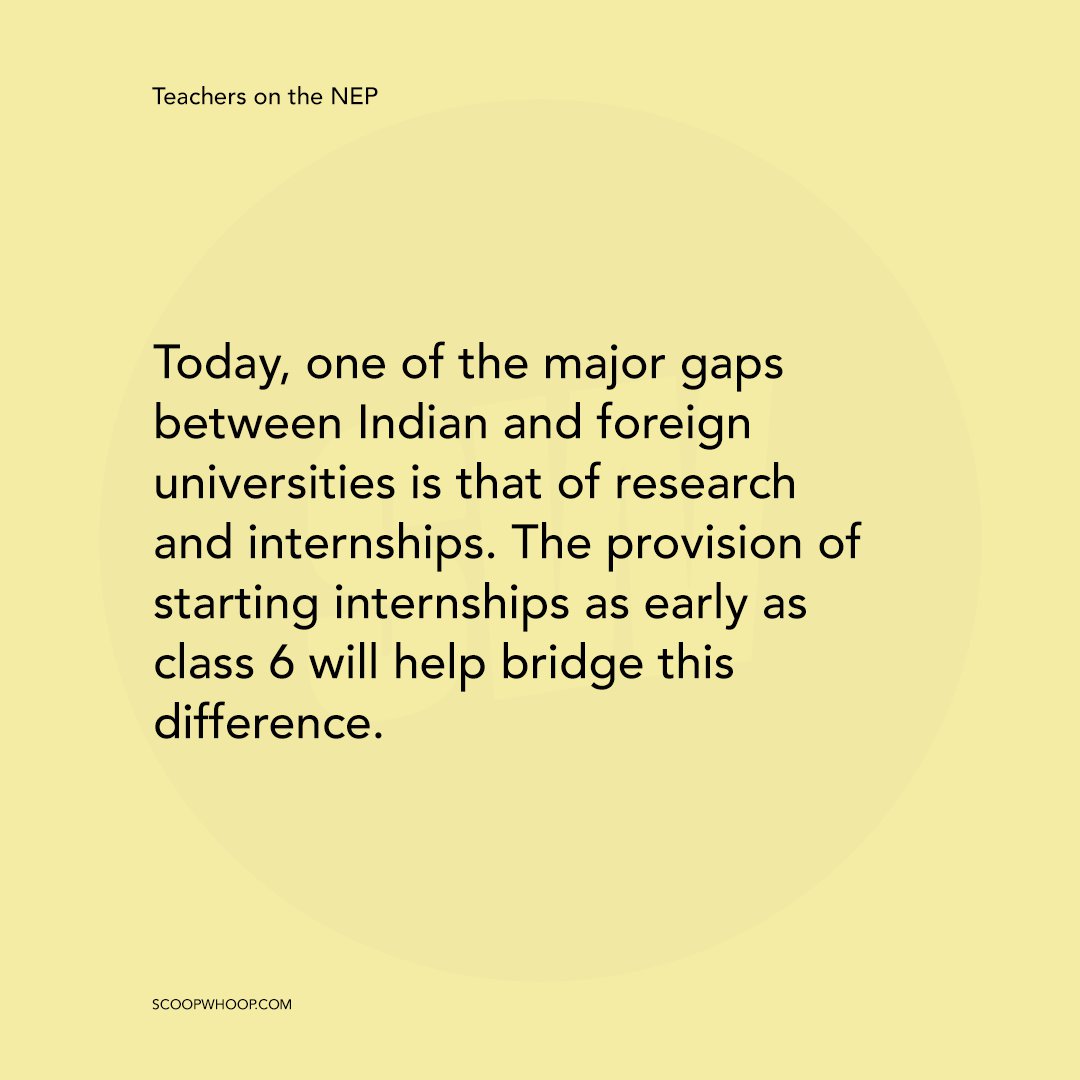
Today, one of the major gaps between Indian and foreign universities is that of research and internships. The provision of starting internships as early as class 6, will help bridge this difference. The multidisciplinary system of education will ensure that students do not have unnecessary constraints while choosing subjects.
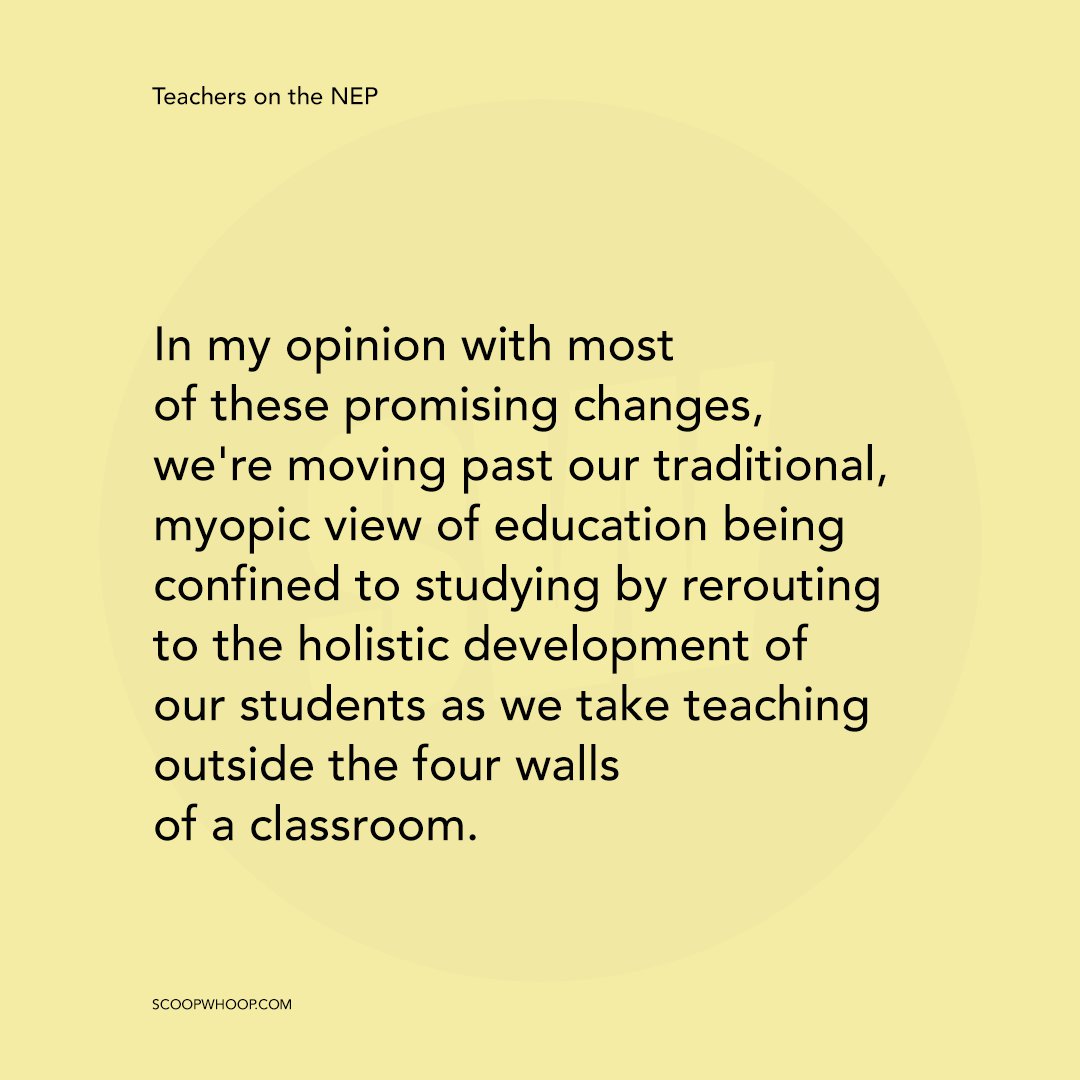
The extension of RTE was a much-needed step in the education system. Proposal to implement the 5+3+3+4 academic structure instead of the ongoing 10+2 system will ensure a stronger base for children, starting from their primary years. Incorporation of adult education, vocational training and coding in institutions will further help students learn life skills that will prepare them for the outside world.In my opinion with most of these promising changes, we’re moving past our traditional, myopic view of education being confined to studying by rerouting to the holistic development of our students as we take teaching outside the four walls of a classroom.
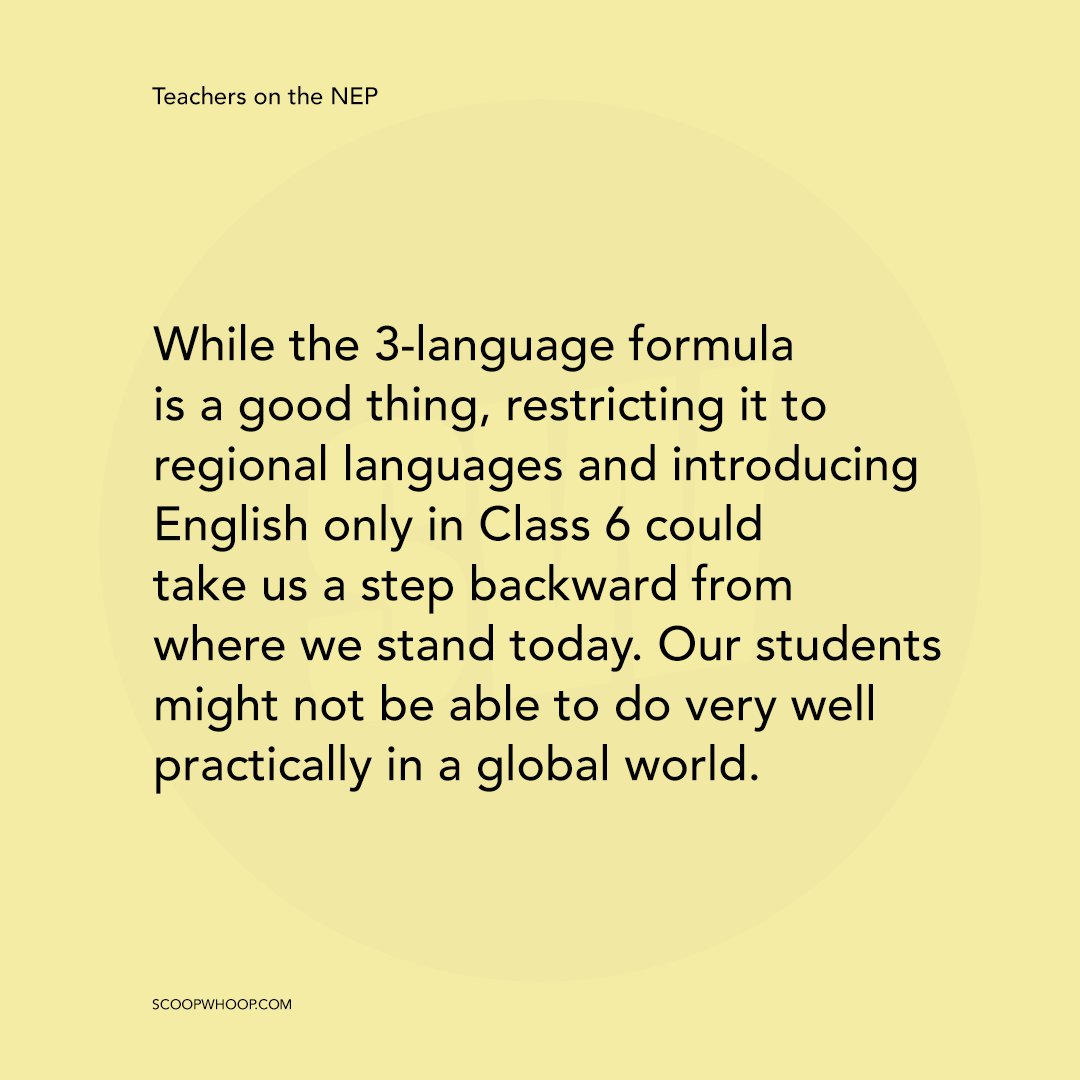
Increased spending on education will ensure that all these changes take place because many countries around the world spend a significant amount of their GDP on education. While the 3-language formula is a good thing, restricting it to regional languages and introducing English only in Class 6 could take us a step backward from where we stand today. Our students might then not do very well practically in a global world.There are a large number of families in India which do not speak English at homes. The only chance for their children to learn English is at schools. We are taking away that from them. It’s good that we are thinking about switching to a multidisciplinary system. It will give students a chance to choose subjects beyond restrictions. For example: Psychology and Maths is a very good combination. But Indian schools in general do not allow students to choose both of them together.I assume that deregulation will eventually lead to privatisation of education in India, which is not really a good idea considering the middle and lower middle class. Health and education are among the basic necessities. With the kind of culture we have in India, several women are forced to dropout in the middle of their higher education. And the thought of starting from scratch is itself demotivating and tedious. The multiple entry and exit system along with academic credits would give a boost to female education, in particular.
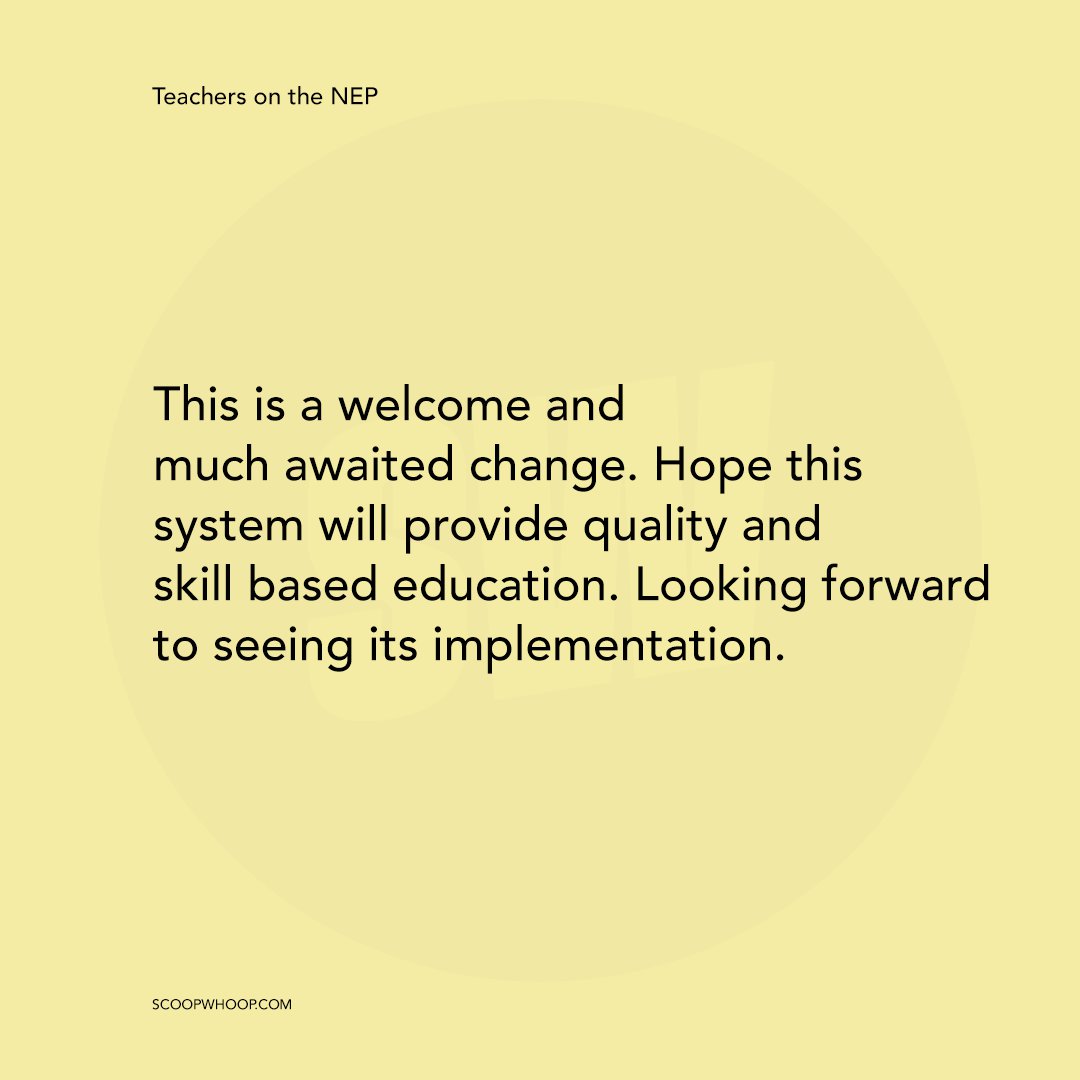
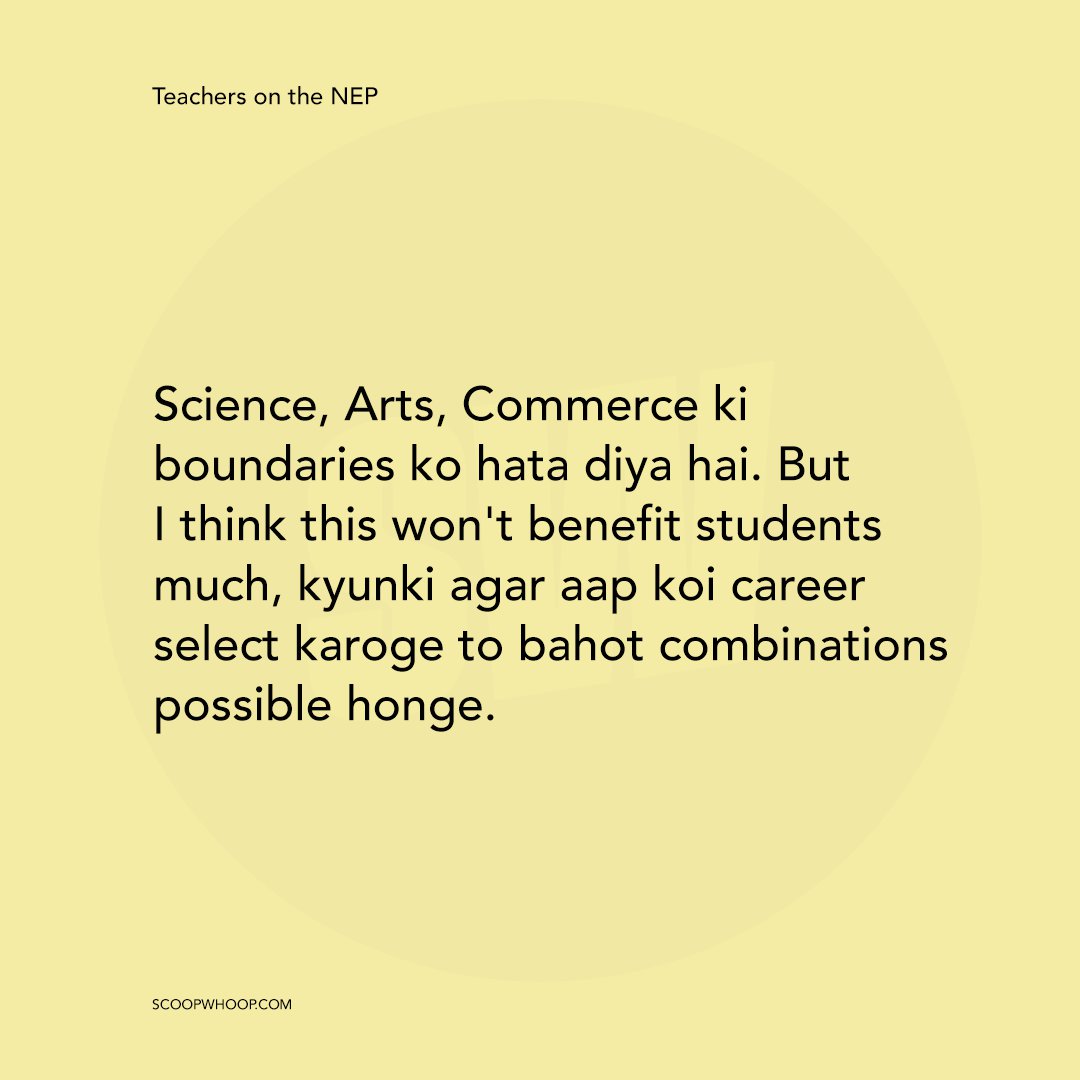
Looks more like a nationalistic approach. Students apni country ke culture ko firmly hold karein ye koshish hai.Science, Arts, Commerce ki boundaries ko hata diya hai. But I think this won’t benefit students much. Kyunki agar aap koi career select karoge to bahot combinations honge.
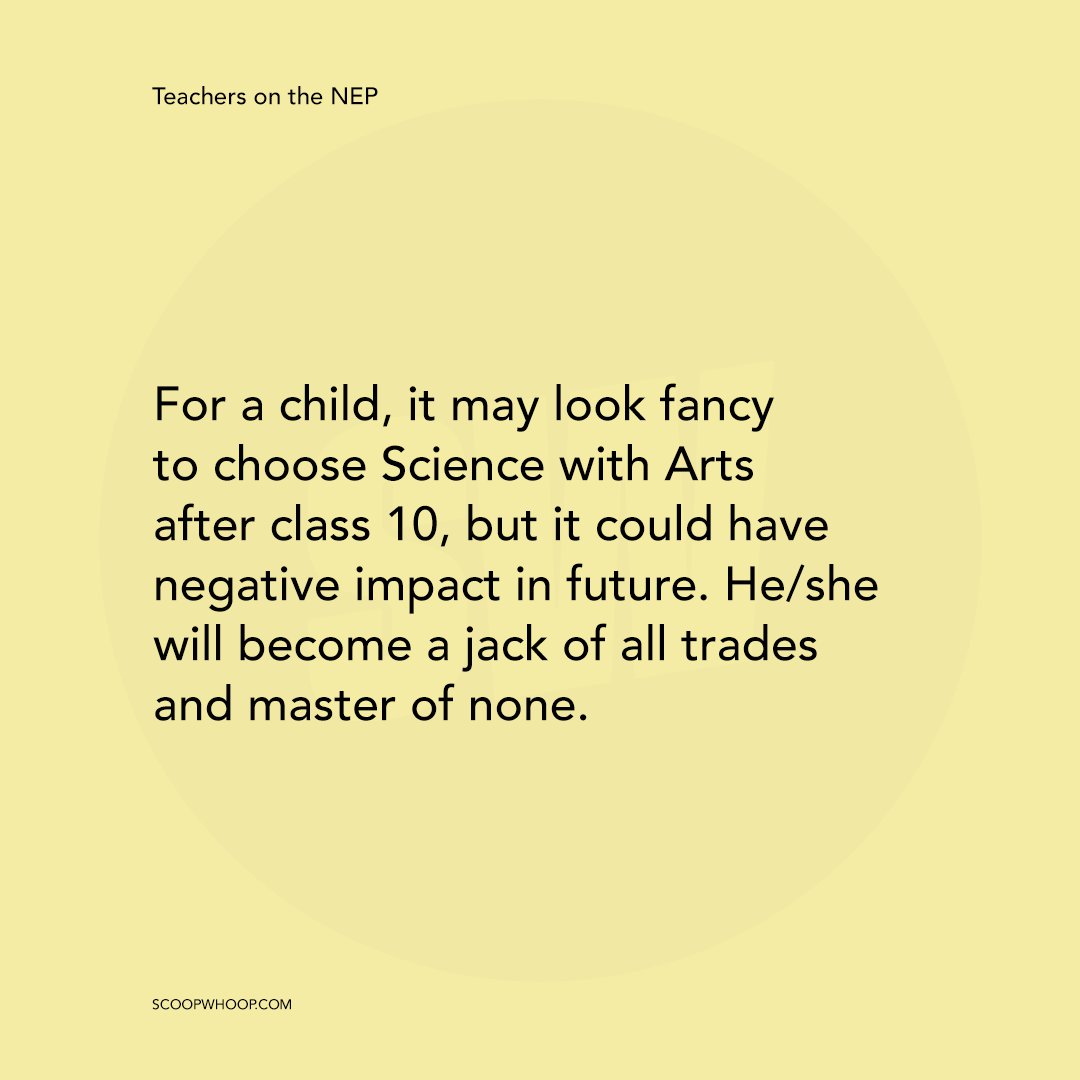
It’s good that they are bringing in the foreign culture of education, but the entire system needs to change accordingly. We have a set system of jobs in India and therefore the interdisciplinary aspect of education will pose obstacles in choosing a career.For a child, it may look fancy to choose science with arts, after class 10, but it could have negative impact in future. He/she will become a jack of all trades and master of none.The policy also says that by 2040, all institutions shall aim to become multidisciplinary institutions, each of which will aim to have 3,000+ students. Now, there are several good institutions that do not have this much strength – like some all-girls or all-boys colleges. What if they aren’t able to adapt to these changes?
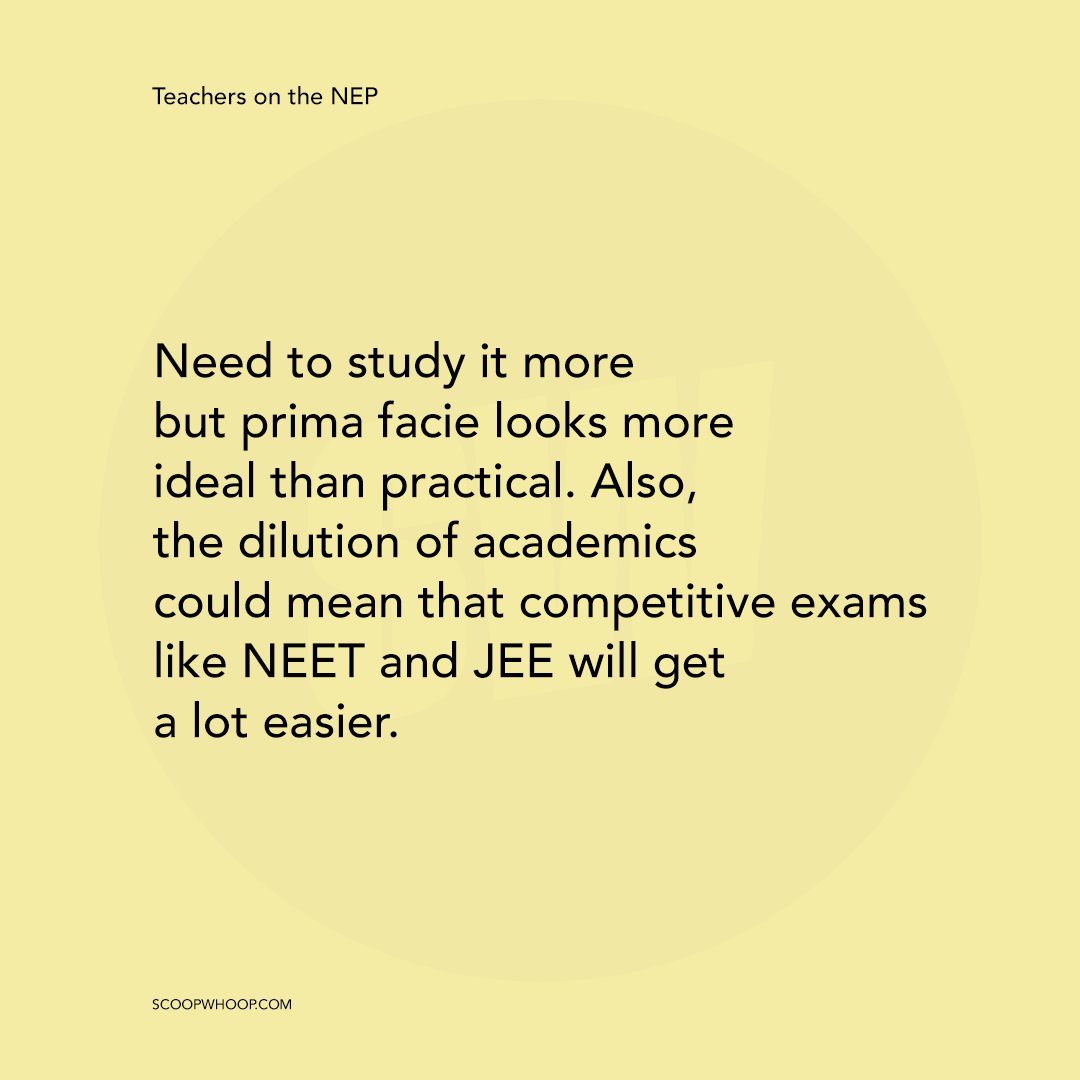
Need to study it more but prima facie looks more ideal than practical. They are saying they will dilute academics and examinations. This means competitive examinations can get a lot easier.
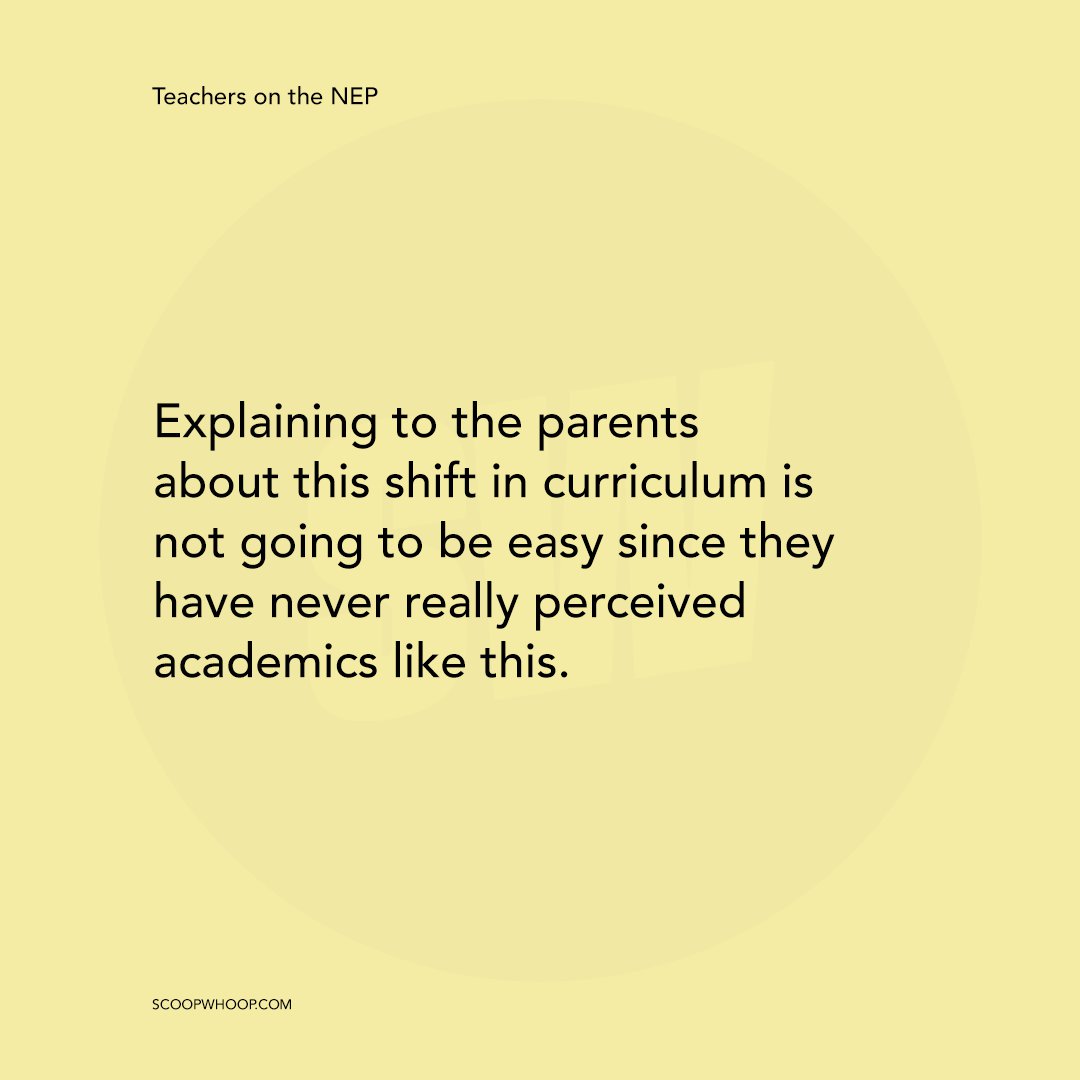
It all comes down to the implementation of the policy and how well the teachers can be trained according to the new curriculum.Explaining parents about this shift in curriculum is not going to be easy since they have never really perceived academics like this.
With all that we know right now, we are hoping to see revolutionary changes in the Indian education system in future.
Design Credits: Saransh Singh

















